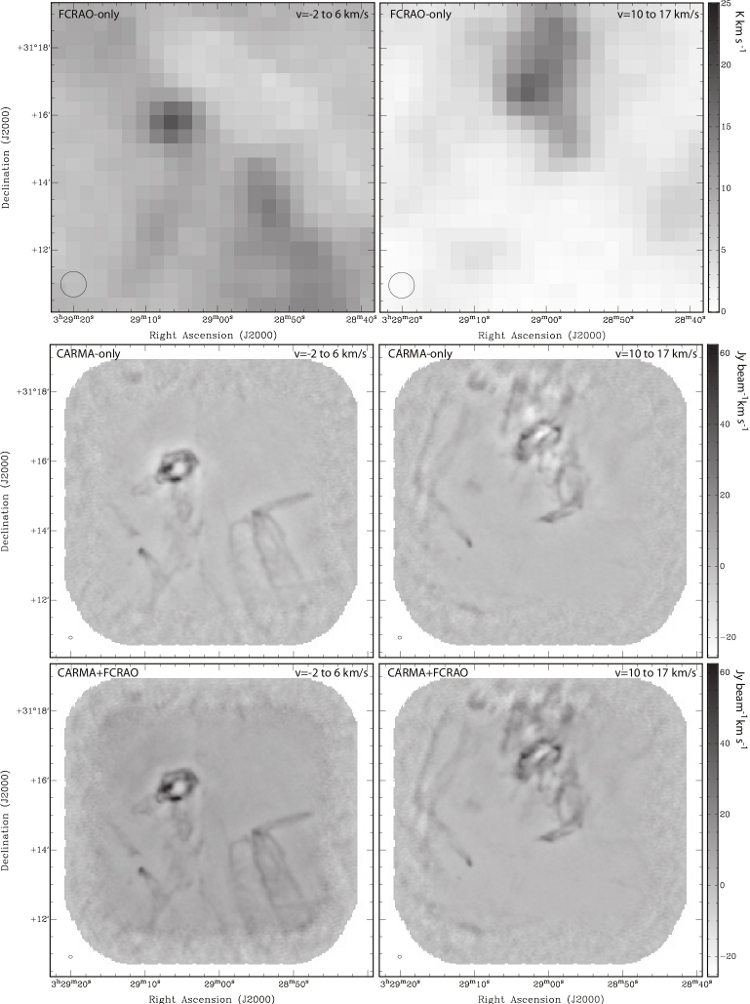| EPoS Contribution |
|
Outflows and clustered star formation on scales of cores to clouds
Adele Plunkett Yale, New Haven, US | |
| Protostellar clusters are the complex environments that host the majority of star formation. During the star formation process, molecular outflows are generally understood to be necessary and ubiquitous, but quantifying their impact on the nearby protostars and the surrounding cloud remains a challenge. Outflows inject momentum and energy into the cluster, disperse surrounding gas and feed turbulent motions. Distinguishing between these outcomes may constrain the timescales relavent to the clustered star formation process, and observations will provide constraints for outflow parameters in current models. Here we present a study of several active regions within low- to intermediate-mass protostellar clusters ranging in age where outflows are clearly impacting their natal environment. We probe scales ranging from the size of cores to clouds by including interferometer (i.e. CARMA) and single dish (e.g. FCRAO, IRAM 30m, APEX) observations. Our findings show that in young, low-mass star-forming clusters the outflows impart energy that sustains turbulence, and the outflows do not yet contribute enough energy to cause total disruption. Observations of clusters over a range of evolutionary stages will provide further evidence as to whether outflows may have a more substantial impact as the protostellar sources evolve. | |
 | |
| Caption: Carbon monoxide molecular outflow emission in NGC1333, observed with single dish (FCRAO, top row) and interferometry (CARMA, middle row). The combined (single dish and interferometry) maps are shown in the bottom row, and are sensitive to scales from 5" to 7' (or 1000 AU to 0.5 pc at a distance of 235 pc). Left and right panels show integrated intensity (moment 0) maps of blue- and red-shifted velocity channels, respectively. In NGC1333, we identify 22 outflow lobes, as well as 9 dense circumstellar envelopes marked by continuum emission, of which 6 drive outflows. We present similar observations of the younger, more active and dense Serpens South, and we compare the cumulative impact of outflows in both regions. | |
| Collaborators: H. Arce, Yale, US D. Mardones, UChile, Chile |
Key publication
Suggested Sessions: Protostellar Outflows |

